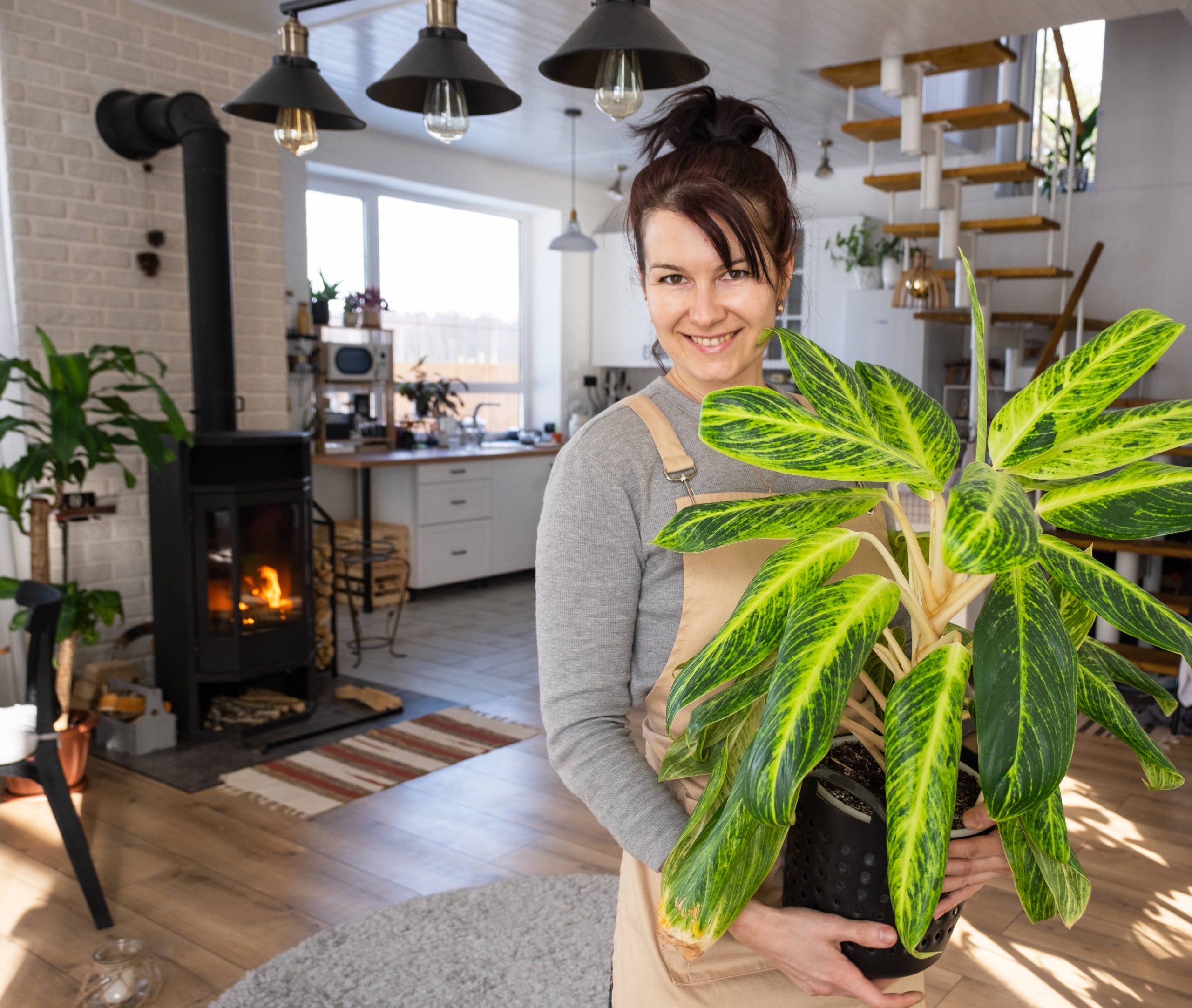
Stepping into the lush, green world of indoor gardening can feel overwhelming for those without a naturally green thumb. Yet, the joys of caring for houseplants—watching them grow, noticing how a single leaf can change the entire ambiance of a room, and breathing in the cleaner, fresher air they provide—make the adventure well worth taking. The good news for fledgling plant parents is that there are plenty of low-maintenance houseplants that thrive with minimal care. Here’s a guide to help you embark on an indoor gardening journey with ease and confidence.
Why Choose Low-Maintenance Houseplants?
Before diving into the specific plants suitable for beginners, let’s explore why choosing low-maintenance varieties is a smart move. These types of plants allow you to appreciate the benefits of indoor gardening without the potential discouragement that might come from more demanding varieties. They are resilient, can handle a bit of negligence, and often require less frequent watering and attention.
Additionally, low-maintenance houseplants are ideal for busy lifestyles or if you’re frequently away from home. They work well in a variety of indoor environments, and many are also excellent at improving air quality. Now, let’s dive into some of the best candidates for beginners.
The Best Low-Maintenance Houseplants for Beginners
1. Snake Plant (Sansevieria)
Snake plants, also known as “mother-in-law’s tongue,” are practically indestructible! They adapt to various lighting conditions and only need watering every few weeks, making them perfect for beginners. Their sword-like leaves add a striking visual appeal and are known for their ability to filter formaldehyde from the air, contributing to a healthier home environment.
2. ZZ Plant (Zamioculcas zamiifolia)
The ZZ plant is a favorite among beginners for its glossy, deep-green leaves and robust nature. It thrives in low light conditions and doesn’t require frequent watering—just ensure the soil is dry before giving it a drink. The ZZ plant is also known for its air-purifying abilities and resistance to most pests.
3. Pothos (Epipremnum aureum)
Pothos is a versatile, hardy vine that can quickly adapt to various indoor climates. It can be grown in water or soil, thrives in low light, and will forgive occasional neglect. With several stunning variegated options available, pothos is an excellent choice for adding greenery to your home without much fuss.
4. Spider Plant (Chlorophytum comosum)
The spider plant is renowned for its ease of care and ability to thrive in indirect sunlight. With arching leaves and small plantlets that resemble spiders, it’s as interesting visually as it is easy to care for. It’s a great air purifier and only requires watering once the soil is dry—typically every 1-2 weeks.
5. Peace Lily (Spathiphyllum)
Peace lilies offer beautiful, lush foliage and occasional white blooms, bringing a touch of elegance to any indoor space. They thrive in low to medium light and are excellent for rooms without direct sunlight. Peace lilies are forgiving of occasional drought but prefer more consistent moisture—water when the top inch of soil is dry.
6. Aloe Vera
Aloe vera is not just a low-maintenance plant but also a practical one. Known for its medicinal properties, it’s great for soothing skin irritations. Aloe vera prefers bright, indirect light and well-draining soil. Allow the soil to dry between waterings, and it will reward you with its fresh, succulent leaves.
Indoor Gardening Tips for Beginners
Choosing the right plants is only half the battle to maintaining a thriving indoor garden. Here are some additional tips to ensure your houseplants look their best:
Understand Lighting Needs
Each plant has different lighting preferences. A north-facing window might provide the perfect low-light environment for a ZZ plant but be unsuitable for an aloe vera that thrives in brighter conditions. Take a little time to understand the light conditions in your home and match them to appropriate plants.
Don’t Overwater
One of the most common mistakes new plant owners make is overwatering. Most low-maintenance houseplants prefer to dry out between waterings. Be sure your pot has good drainage, and use a moisture meter if you’re uncertain about when to water.
Be Mindful of Temperature and Humidity
Houseplants can be sensitive to temperature and humidity changes. Most will thrive in average home temperatures but might suffer if placed too close to heaters or air conditioning units. Also, consider misting high-humidity plants like ferns or placing a small humidifier nearby during dry months.
Regular Cleaning and Pruning
Even low-maintenance plants benefit from occasional cleaning and pruning. Gently wipe leaves with a damp cloth to remove dust, and trim any dead or yellowing leaves to encourage new growth.
Feed Your Plants
While many of the plants mentioned are hardy, they will still benefit from the occasional feeding. Use a balanced, water-soluble fertilizer every month or so during the growing season to keep your plants healthy and vigorous.
Conclusion
Whether you’re a busy professional, a frequent traveler, or just someone new to the world of indoor gardening, low-maintenance houseplants offer the perfect introduction. They bring life, beauty, and a sense of tranquility into your space without demanding too much of your time or energy. By selecting the right plants and following these care tips, you’ll cultivate not just a thriving indoor garden but also possibly discover a new, rewarding hobby. Here’s to your growing success!













